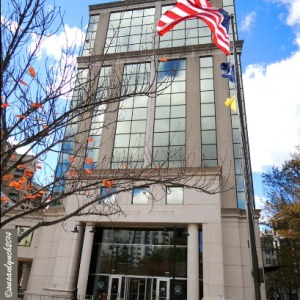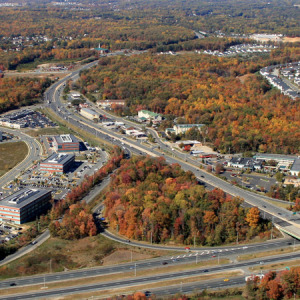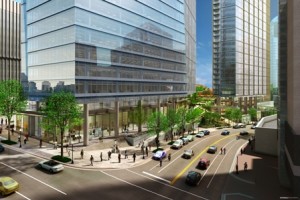After many months of working through a site plan or subdivision plan, builders, developers, business owners, or even individual homeowners will find they have almost reached the finish line. At that point, their engineers have advised them that they need a subdivision/easement deed to complete the process. The requirement for such a deed is fundamentally the same in all counties, cities, and towns in Virginia that require them – to accompany the plat dedicating public right-of-way and various easements in furtherance of an approved plan. Depending upon the jurisdiction, however, the form, content and processing of the deed can vary widely.
Interestingly, Virginia law does not require the use of subdivision/easement deeds per se. In fact, Section 15.2-2265 of the Code of Virginia, 1950, as amended, provides that an approved plat in proper form:
shall operate to transfer, in fee simple, to the respective localities in which the land lies the portion of the premises platted as is on the plat set apart for streets, alleys or other public use and to transfer to the locality any easement indicated on the plat to create a public right of passage over the land. The recordation of such plat shall operate to transfer to the locality, or to such association or public authority as the locality may provide, such easements shown on the plat for the conveyance of stormwater, domestic water and sewage, including the installation and maintenance of any facilities utilized for such purposes, as the locality may require.
Historically, the dedication of public right-of-way and the grant of these easements were accomplished throughout Virginia merely by the recordation of plats. In a number of rural jurisdictions, that remains the preferred method even today. Over time, though, particularly in urban and suburban areas, zoning and subdivision ordinances have expanded their reach in the development process, site plans have become more complex, and many jurisdictions have established their own departments of public works and/or public utility authorities. These changes have brought about a greater need to define and allocate the terms and conditions of various easements (e.g., maintenance responsibility) and have increased the reliance upon subdivision/easement deeds.
In northern and central Virginia, most jurisdictions have developed some sort of form subdivision/easement deed. For example, the suggested forms in Loudoun, Fairfax, and Prince William Counties are comprehensive and cover everything from subdivision to street dedication, storm drainage easements, water and sanitary sewer line easements, landscaping easements, buffers, conservation areas, trails, sidewalks, retaining walls and a host of other matters. In addition, many counties have Assistant County Attorneys and paralegals dedicated, in whole or in part, to processing subdivision/easement deeds. Although these jurisdictions have attempted to include as much as they can anticipate, these forms are not all-inclusive. For example, as site plans continue to evolve with new technology and methodology, items such as alternative drainage systems can lead to alterations in the language of a form deed or a storm water management maintenance agreement required to accompany such deed. WCL&W has many years of experience working with the planning and development offices and the Assistant County Attorneys and paralegals in these jurisdictions to adapt subdivision/easement deeds where appropriate.
In other jurisdictions, the form deed is not as comprehensive, and the County Attorney’s Office is not as hands-on when it comes to processing such deeds. For example, the form deeds in Stafford and Spotsylvania Counties are limited to street dedication, storm drainage easements, and water and sanitary sewer line easements. Although many public and private easements may appear on the plats for a project, they are not covered in the form subdivision/deed. Therefore, a judgment call has to be made whether to include these easements in the form deed or to address them in a separate instrument. Also noteworthy is the fact that the Planner assigned to a particular plan has a very active role in reviewing the deed in these jurisdictions. Therefore, different approaches to the process may be required depending on the assigned Planner. Again, WCL&W has extensive experience working with the planning and development offices and the Assistant County Attorneys and paralegals to adapt their deeds where appropriate and to make decisions on addressing items not contemplated in the County’s form deed.
In summary, jurisdictions throughout the Commonwealth of Virginia have various processes and requirements with respect to subdivision/easement deeds. WCL&W has a tremendous amount of experience assisting its clients in navigating these requirements in the counties, cities, and towns of northern and central Virginia. We welcome the opportunity to assist you with your project needs in this arena.











